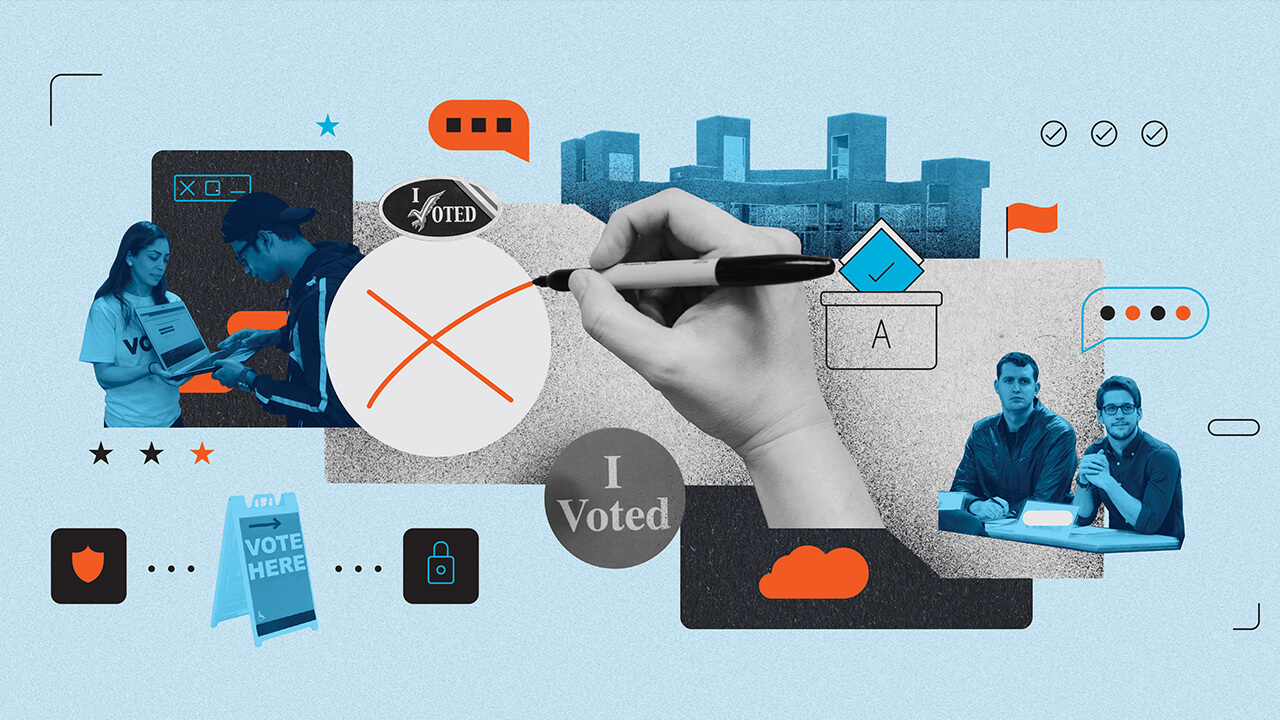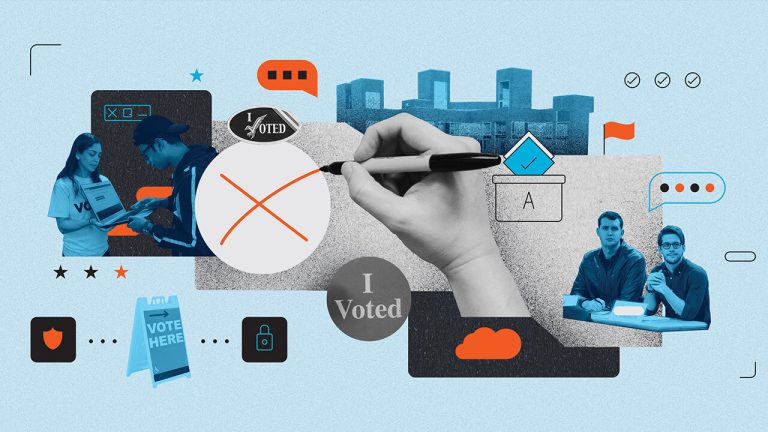In today’s digital age, technology plays a pivotal role in nearly every aspect of our lives, including our democratic processes. As we embrace the convenience and efficiency that technology brings, we must also be vigilant about protecting the integrity of our elections. This article explores the fascinating and vital intersection of technology and election security, shedding light on the challenges we face and the solutions being put in place to ensure our democracy remains strong and secure.
Introduction: The Digital Era and Democracy
Technology’s rapid advancement has transformed how we live, work, and communicate. Unsurprisingly, our elections have also evolved in response to these changes. In this digital era, we can make voting more accessible and efficient, but we also face new challenges regarding ensuring the security and fairness of our elections.
Understanding Election Security
What is Election Security?
Election security refers to the measures and protocols put in place to protect the integrity of the electoral process. It encompasses everything from voter registration and ballot casting to the tabulation and reporting results. The goal is to prevent any interference or manipulation that could compromise the outcome of an election.
The Evolution of Election Technology
Historically, elections relied on paper ballots and manual counting. However, as technology advanced, so did our voting methods. Today, many regions use electronic voting machines and online systems to streamline the process. While this can improve efficiency, it also introduces new vulnerabilities.
Challenges in the Digital Age
Cybersecurity Threats
One of the most pressing challenges in election security is the threat of cyberattacks. Malicious domestic and foreign actors can infiltrate electronic voting systems and manipulate results. Ensuring the cybersecurity of these systems is paramount.
Disinformation and Social Media
The digital age has given rise to disinformation and fake news. Social media platforms can be used to disseminate false information, sway public opinion, and undermine confidence in the electoral process. Addressing this challenge requires a multifaceted approach.
Safeguarding the Ballot Box
Paper Ballots and Audits
Responding to cybersecurity concerns, some jurisdictions return to paper ballots, which provide a tangible record of each vote. Additionally, post-election audits are conducted to verify the accuracy of electronic results and ensure the integrity of the process.
Two-Factor Authentication
To enhance security in online voting systems, two-factor authentication is being employed. This extra layer of verification helps ensure that only eligible voters can cast their ballots electronically, reducing the risk of unauthorized access.
The Role of Blockchain
Transparency and Trust
Blockchain technology is gaining attention for its potential to enhance election security. Creating an immutable and transparent ledger of votes can bolster trust in the electoral process. However, implementing blockchain in elections also comes with its own set of challenges.
Potential Challenges
While blockchain offers promise, it is not a silver bullet. Scalability, accessibility, and voter privacy must be carefully considered before widespread adoption can occur.
Digital Voter Registration
Accessibility and Convenience
Digital voter registration systems make registering and updating their information easier for eligible citizens. This accessibility can increase voter turnout and engagement, contributing to a healthier democracy.
Ensuring Accuracy
However, digital registration must be carefully monitored to ensure accuracy and prevent fraud. Proper safeguards and identity verification are essential.
Ensuring Fair Representation
Redistricting and Technology
The drawing of electoral district boundaries, known as redistricting, profoundly impacts representation. Technology can help ensure this process is fair and unbiased, preventing gerrymandering.
Gerrymandering and Algorithms
Gerrymandering has been a long-standing issue, manipulating district boundaries to favor a particular political party. Algorithms can help create more equitable district maps, promoting fair representation.

International Perspectives
Comparing Election Security Worldwide
It’s valuable to look at election security from an international perspective. Countries employ various strategies and technologies to safeguard their elections, providing insights into what works and doesn’t.
Collaborative Efforts
International collaboration on election security is essential. Sharing best practices and intelligence can help nations collectively defend against common threats.
The Future of Election Security
Emerging Technologies
The future of election security is closely tied to emerging technologies. Innovations in artificial intelligence, biometrics, and secure online voting systems hold the potential to strengthen our democratic processes further.
Continuous Improvement
Election security is not a one-time effort but a continuous process of improvement and adaptation. As threats evolve, so must our defenses.
Conclusion: Protecting Our Democratic Foundation
In a world where technology and democracy intersect, the challenges and opportunities are immense. We must embrace technology while safeguarding our elections from cyber threats, disinformation, and unfair practices. By staying vigilant and adopting innovative solutions, we can protect the foundation of our democracy for generations to come.
Frequently Asked Questions (FAQs)
Q1: What is the biggest cybersecurity threat to elections?
The biggest cybersecurity threat to elections is the potential for foreign interference through cyberattacks. Hostile actors may attempt to infiltrate voting systems and manipulate results, posing a significant risk to the integrity of the electoral process.
Q2: How can voters ensure their online ballots are secure?
Voters can ensure the security of their online ballots by using strong passwords and enabling two-factor authentication when available. It’s also crucial to verify the legitimacy of the voting platform and report any suspicious activity.
Q3: What role does transparency play in election security?
Transparency is vital in election security as it builds trust in the electoral process. Transparent procedures and the ability to independently verify election results help ensure that the outcome accurately reflects the will of the voters.
Q4: Are there international standards for election security?
While there are no universal international standards, organizations like the United Nations and the Organization for Security and Cooperation in Europe (OSCE) have developed guidelines and recommendations for election security that many countries follow.
Q5: How can technology help combat gerrymandering?
Technology can combat gerrymandering by using algorithms to draw electoral district boundaries in a fair and unbiased manner. These algorithms consider demographic data and prevent partisan manipulation of district maps.
In a world where our democracy relies on the intersection of technology and election security, we must continuously adapt and innovate to protect the core principles that underpin our society. By understanding the challenges and embracing the potential of technology, we can ensure that our elections remain a true reflection of the people’s will.












+ There are no comments
Add yours